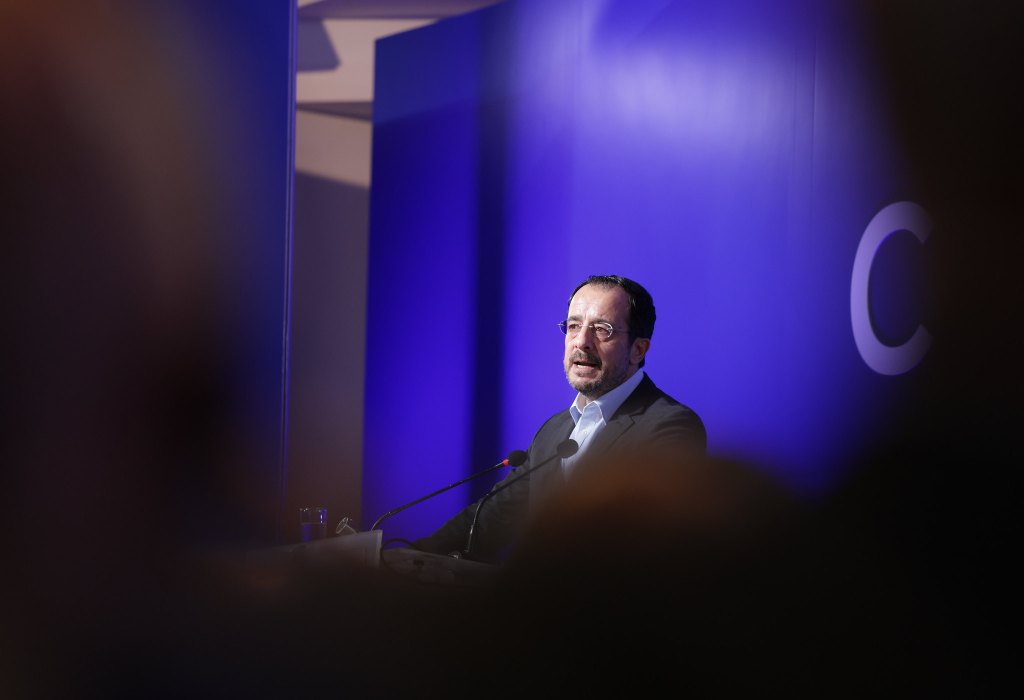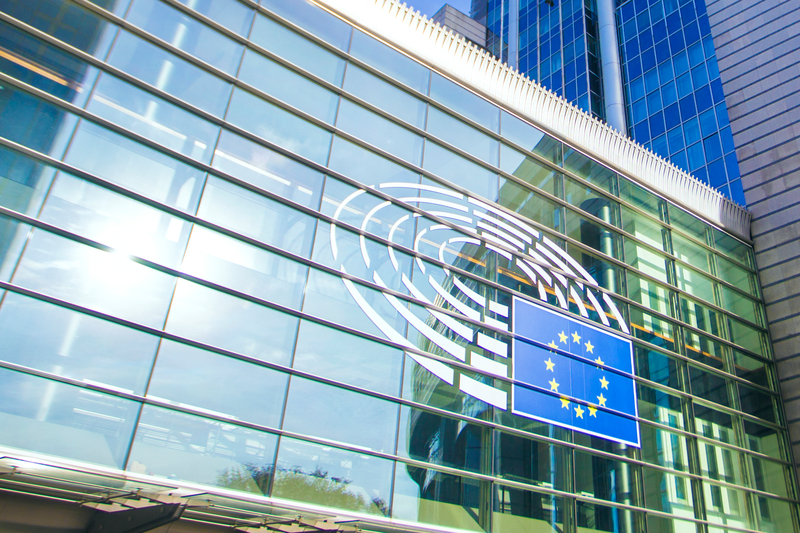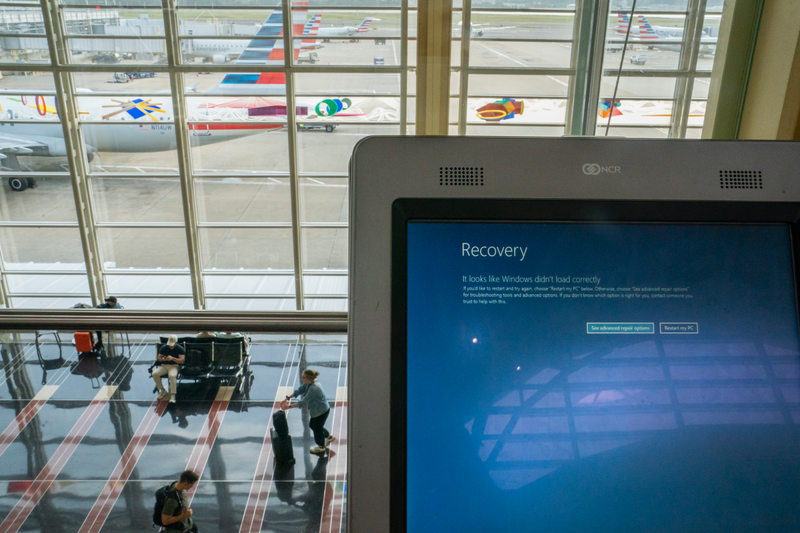We are operating in challenging times – inflation, political division, war, climate, contagion (COVID) to name but a few.
Technology development is a positive and is advancing, in many cases exponentially. It can help to solve many of the key problems mentioned above, but our growing dependency on it can create
Register for free to keep reading
To continue reading this article and unlock full access to GRIP, register now. You’ll enjoy free access to all content until our subscription service launches in early 2026.
- Unlimited access to industry insights
- Stay on top of key rules and regulatory changes with our Rules Navigator
- Ad-free experience with no distractions
- Regular podcasts from trusted external experts
- Fresh compliance and regulatory content every day













